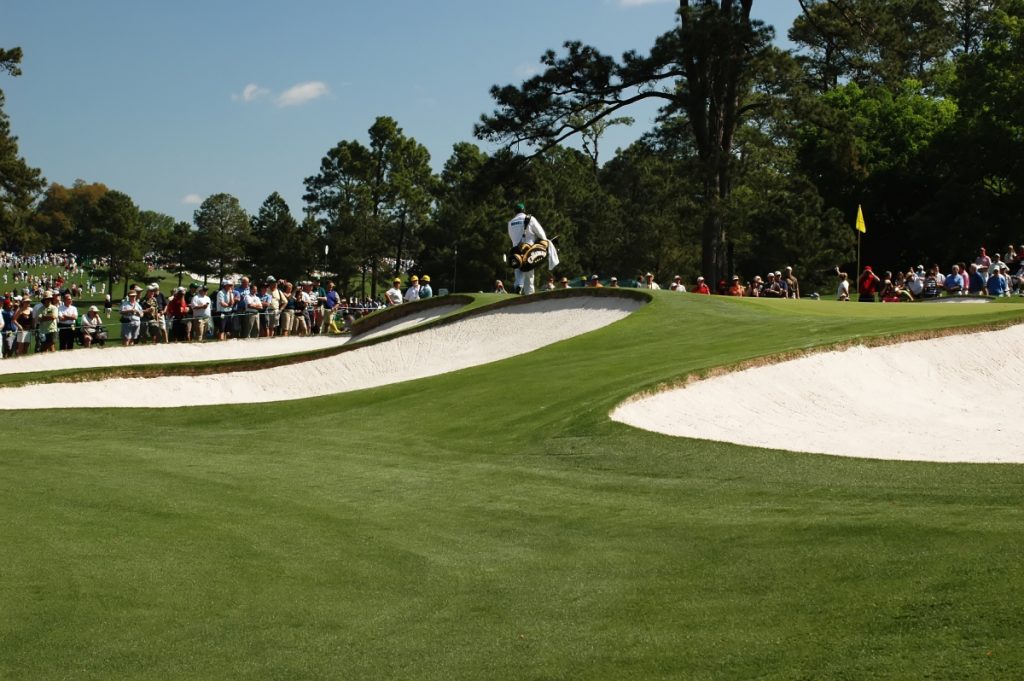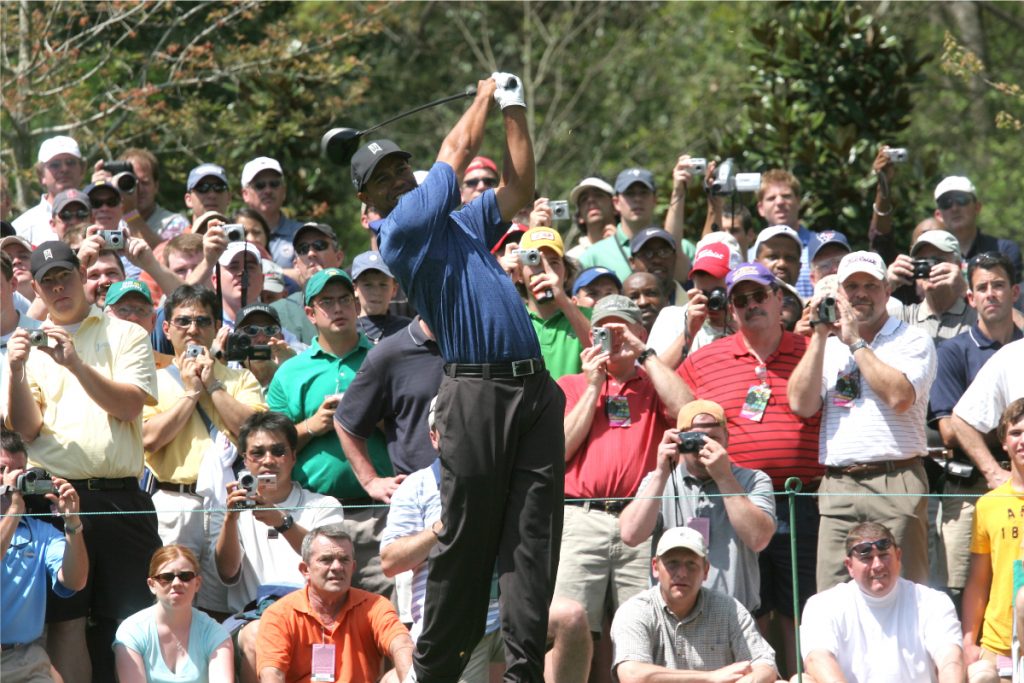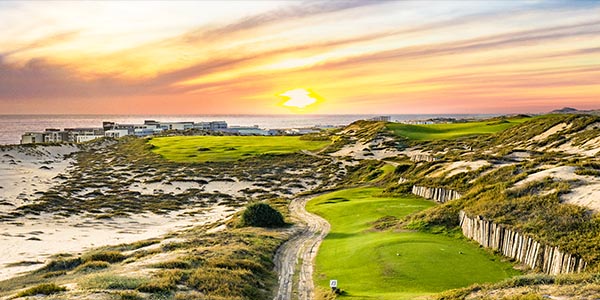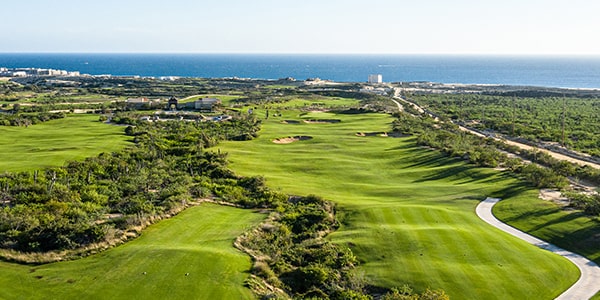Maximizing Your Masters Experience

Danny E Hooks / Shutterstock.com By Travelin’ Joe Passov I’m a lucky guy. As a media member, I’ve had the great fortune to attend all or part of 17 Masters Tournaments. There’s nothing in golf—or sports—quite like it. I’ve walked every hole at Augusta National on multiple occasions and as my waistline can attest, I’ve sampled virtually every menu item on multiple occasions. I’ve knocked off an entire Christmas list by shopping in the main merchandise tent—tent being an epic misnomer. The current version, as of 2018, is the size of a small city. Bottom line: I’ve been around the Masters block a few times. Have you got your daily tickets and weekly badges secured? Here’s how to make the most out of your Masters experience. Picking your Days If you can only go for a day or two during the week, that’s not such a bad thing. If you have your choice, even better. Many Masters patrons crave the action of Saturday’s play for its “Moving Day” drama, while others prefer the electricity and roars of a Sunday afternoon. You can’t go wrong with either—but I’m a Wednesday/Thursday guy. On Wednesday, you can follow the pros who grab nine holes of practice on the championship course in the morning, then partake of the par-3 tournament in the afternoon on the most picturesque short course in golf. It’s there where you can follow many of the current stars, sometimes with their six-year-old kids caddying for them, but equally compelling is getting to see the legends, such as Jack Nicklaus, Gary Player and Tom Watson, who no longer compete in the tournament proper, but can display old-time brilliance on the short course—notably in 2018, when Watson captured the Par-3 Contest at age 68. The eighth and ninth holes, on opposite sides of a pond are prime viewing spots, thanks to their vast hillsides, but take your place as early as you can because every square inch will soon be jammed with golf fans—patrons, as the Masters calls them. Your best opportunity to witness an ace is at the 70-yard second hole, and at the 90-yard third, both with friendly backstops on portions of the speedy green that gently direct golf balls toward the cup. If you’re with at least two pals, it’s a blast to wager which player in each threesome will finish closest to the pin. Spend the balance of the day strolling the big course in near solitude in the late afternoon shadows. With no players and few spectators to disturb the reverie, it’s akin to contemplating life in an empty cathedral. Thursday is another special day. The enormous crowds of the Monday-Wednesday practice rounds have dissipated, and the patrons who are present are spread out nicely because there are no leaders to follow yet. Also, you’ll be able to follow all of your favorites, as no one has been cut yet. One of unique traditions at the Masters is the honorary starters who hit the ceremonial opening tee shots. In 2018, there were two: six-time champion Jack Nicklaus and three-time champ Gary Player. Check with the club and its website to determine just when the gates open—anywhere from 7:00 a.m. to 7:30 a.m. Get there early if you want to see any of the action at the first tee. Thursday dawns with an air of anticipation. The party-like ambience of Wednesday’s Par-3 event has yielded to the sobering reality that the field is playing for the year’s first major championship. Getting to the Course Within the past ten years, Augusta National Golf Club has engineered re-routed roads and property purchases to triple of amount of free parking adjacent to the course. Arrive early however, as spaces fill quickly. If they do, continue down Washington Road in either direction, or journey to the side streets. A vast number of businesses and private homes will relieve you of $20 and you can begin your day. Inside the Gates Definitely strategize before you go, or you may miss out on the best of the Masters. Once the tournament starts, make a beeline to the small grandstand behind the 12th tee. That’s an ideal, elevated spot for viewing approaches to the always dangerous 11th green and also for viewing the proceedings in front of you at the short but terror-filled 12th, one of the world’s greatest par-3s. With binoculars, you can also track the tee shots at 13. If you can’t find room there, the slope that leads down to the right of the 11th fairway is nearly as good for golf-watching. Another outstanding place to camp is at the outside elbow of the dogleg at the par-5 13th. Azaleas, bunkers, fairway contour and Rae’s Creek all are co-stars here and the risk/reward second shot is one of the most ingenious ever designed. Be patient and persistent there, however, as tree plantings and additional pine straw have reduced the viewing opportunities in recent years. I’m also a fan of the right side of the 10th fairway where you’re afforded a stunning, unobstructed vantage point of competitors hitting their irons shots into the green from a sidehill, downhill lie. If you’re looking to grab some rays and catch some golf from a unique perspective, the broad hillside below the tee box at the par-3 sixth is prime. You can’t see the tee shots struck, but you can see them land, and you can also observe some of the action to the right at the par-3 16th. My favorite Jekyll-Hyde viewing experience is at the par-3 16th. If the hole is cut back-right, the old traditional Saturday placement, go sit somewhere else. No one can get near that pin, and frankly, it’s pretty dull. If the hole is cut to the left, grab a bleacher seat and be prepared to be amazed. The lurking water adds instant drama and the contour of the green will redirect many balls close to the hole. Finally, whether or not you have inside-the-clubhouse-ropes access (via a badge), don’t miss
Looking Back: Tiger’s Four Masters Wins

Isogood_patrick / Shutterstock.com By Travelin’ Joe Passov As our friend and Diamante course architect Tiger Woods approaches the 2019 Masters this month in search of a fifth victory, let’s re-live the memories of his first four titles. 1997 Tiger’s First Roar At the 1996 Masters, no less than Jack Nicklaus predicted that Tiger Woods would win more Masters than he and Arnold Palmer combined (10) had won. One year later, the 21-year-old Tiger took the first gigantic leap toward fulfilling the Nicklaus prophecy. Shaking off an opening nine 40, Woods’ 70-66 start staked him to a three-shot lead. Second-place Colin Montgomerie questioned Woods’ experience and Tiger responded with a third-round 65, bludgeoning Monty, the field and Augusta National into submission. He stretched his lead to nine, concluding the round emphatically with driver, sand wedge to one foot at the uphill, 405-yard, par-4 18th. “He’s just taking the course apart,” said an astonished Nicklaus, speaking for everyone, awestruck at the 186-yard 9-iron Woods hit into the par-5 second or the pitching wedge he used for his second shot at the 500-yard, par-5 15th. The fourth round was a walk in the park. In three-putting not a single green for 72 holes, Tiger displayed touch to match his power. His final-round 69 made him the youngest Masters champion and set new records for low total (18-under-par 270) and margin of victory (12 strokes). More importantly to some, he became the first minority to win a major. Walking up 18, Tiger offered a prayer of thanks to trailblazing pioneers Charlie Sifford, Lee Elder and Teddy Rhodes. After knocking in his four-foot par putt for the record at 18, Tiger wept as he embraced his mentor—his father Earl. Tiger Woods had sledgehammered every Masters barrier. Golf’s face had changed forever. 2001 The Tiger Slam A golf fan couldn’t have asked for anything better as Sunday’s final round of the Masters unfolded. The game’s greatest player, Tiger Woods, held a one-shot lead over the second-best player, Phil Mickelson. Lefty was seeking his first major championship. Tiger was seeking immortality. He had captured the final three majors in the year 2000. At age 25, a win at the 2001 Masters would give Woods four consecutive major championships, a feat never before achieved by a professional golfer. Mickelson kept it close—and David Duval kept it closer, actually tying Tiger with three holes to play. However, both Duval and Mickelson bogied the par-3 16th setting the stage for Tiger to hold on for the final bumpy ride. It looked as if Woods would coast, thanks to his usual brand of super-heroics. He nearly holed an 8-iron at the brutal par-4 11th, but he wasn’t complaining about his kick-in birdie. He slugged an 8-iron from 182 yards to reach the par-5 13th in two, and two-putted for birdie. Then, shockingly, he missed a two-foot birdie putt at 15. It didn’t faze him. “When I missed that putt at 15, I kept telling myself I knew I still had a one-shot lead,” said Woods. “I told myself I needed to make one more birdie. When I didn’t hear any roars on No. 17, I knew David didn’t make birdie and the best he could do was get to 15-under.” Duval nearly did. He stiffed his approach to eight feet at 18, but pulled his birdie attempt. Now all Woods had to do was par the 18th for the victory. He did one better. After crushing a 330-yard drive, uphill, he wedged from 75 yards to 18 feet, and in Tiger fashion, willed in the birdie putt for a two-shot triumph. To Woods, four straight majors felt just as amazing as a Grand Slam, which would have been winning all four in the same calendar year. Said Augusta National Chairman Hootie Johnson, “We have witnessed the greatest golfing feat of our time.” To Jack Nicklaus, it was “the Fiscal Slam.” To the rest of the golf world, it was—and always will be—the Tiger Slam. 2002 Back-to-Back Tiger By age 26, been-there-done-that moments were piling up for Tiger Woods. One feat he hadn’t accomplished, however, was repeating as Masters champ. Only two players had ever gone back-to-back at Augusta, Jack Nicklaus in 1965-66 and Nick Faldo in 1989-90. Make that three. On April 14, 2002, Woods checked another box. He defended the title he had captured in 2001. It had all the suspense of a church bake sale. During a rainy, mud-stained event that forced Tiger to play 26 holes on Saturday, on a golf course that had been “Tiger-proofed” (again), with trees planted and nine holes lengthened, no one had any answers for golf’s dominant Number 1. By Saturday night, a dream leaderboard had emerged, with Woods and 2001 U.S. Open winner Retief Goosen (World No. 4) tied at the top at 11-under-par 205, followed by four others ranked in the World Top 7, Vijay Singh (7th), Ernie Els (3rd), Sergio Garcia (5th) and Phil Mickelson (2nd). By Sunday night, it was a dream deferred for everybody except Woods. On a dull final round with little movement at the top, Woods dropped an enormous wet blanket on the field. His 71 was sufficient to down Goosen by three and Mickelson by four, but it may as well have been 13 and 14, so complete was his beat-down. “You just know Tiger is not going to make any big mistakes,” said Goosen, whose three-putt bogey at the first hole set the stage for failure, as Woods was opening with par-birdie-birdie. Added a dazed Mickelson, “When other guys are up there, you know that if you can just stay around there, there’s a good chance they might come back two or three shots. But Tiger doesn’t seem to ever do that.” After Woods chipped in for birdie from behind the green at the par-3 6th, everybody was playing for second—yet again. 2005 Tiger Being Tiger The 2005 Masters did not start well for Tiger Woods, a round of 74 that included a putt









